Many people are familiar with the term ‘blue moon’ and know it as the second full moon in one calendar month. However, there is another way for a full moon to earn this well-known nickname.
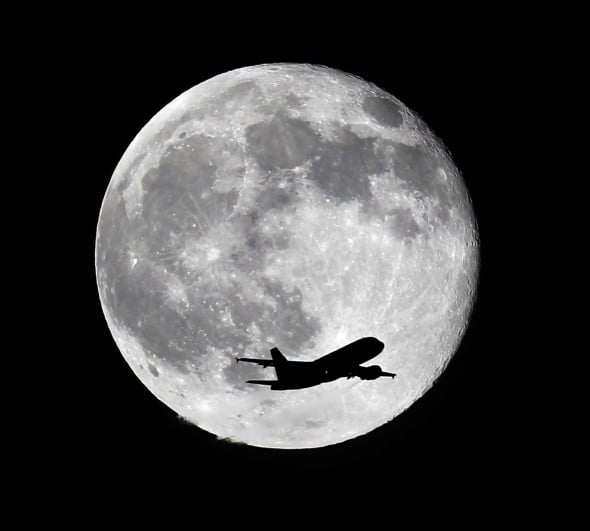
“One season — winter, spring, fall, summer — typically has three full moons. If a season has four full moons, then the third full moon in the season may be called a Blue Moon,” the Old Farmer’s Almanac explained on its website.
This weekend’s full moon will be the third of four this spring, making it a blue moon. The first full moon of spring fell on March 20, 2019 at 9:43 p.m. EDT, less than four hours after the official start of spring.
Seasonal blue moons are not particularly rare, occurring once every two or three years. The next seasonal blue moon falls on Aug. 22, 2021.
Best place to watch it
Many people across the United States stepping outside on Saturday night may look up to see a cloud-filled sky rather than the blue moon.
A potent system in then central U.S. will spread clouds across most of the region, extending from the Gulf Coast to the western Great Lakes and westward to the Rocky Mountains.
Meanwhile, an out-of-season storm moving in from the Pacific Ocean will spread clouds across most of the western U.S.
The best viewing conditions may end up being across the eastern U.S. and over the southern High Plains, but clouds and spotty showers may still interfere with viewing in parts of the mid-Atlantic and New England.

This weekend’s full moon may be called a few other nicknames in addition to a blue moon.
“The May full moon marked a time of increasing fertility, with temperatures warm enough for safely bearing young, a near end to late frosts, and plants in bloom,” the Old Farmer’s Almanac reported.
For this reason, May’s full moon is known as the Hare Moon, the Flower Moon, the Milk Moon and the Budding Moon.
But sorry guys… This full moon will not turn blue in the sky!



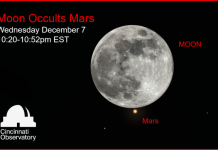
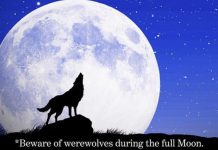
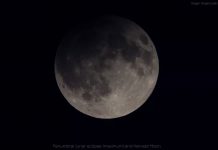
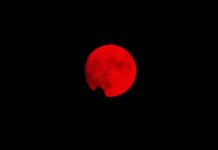


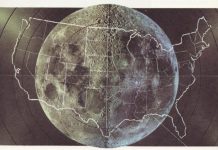


we wouldn’t see that plane that big if the moon wasn’t just a few miles away.